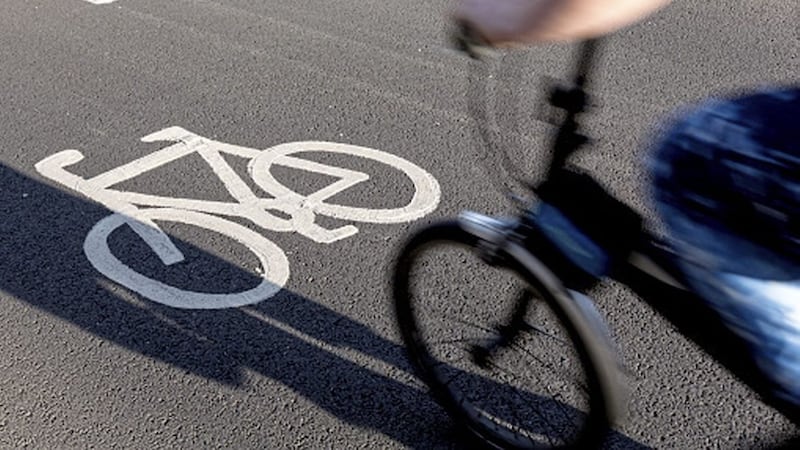IT’S that time of year, after the excesses of the Christmas period, when people naturally seek out a healthier lifestyle. The number of brave souls I’ve witnessed making their commute to work by bicycle on these dark January mornings not only puts me to shame, but has also got me thinking….
The remarkable rise in the popularity, profile and rates of cycling in Northern Ireland is indisputable, but have our road safety laws kept apace or are they in need of modernisation?
With that in mind, I thought it would be useful to remind readers of the current legislation informing rules and etiquette around the cycling / driving relationship and look further afield to the measures introduced in other countries to keep people safer and contribute to reducing the high number of fatalities on our roads.
Regardless of whether you are a beginner or experienced cyclist, for all road users the Highway Code is an essential read. Many of the rules contained in it are legal requirements for which failure to comply will constitute a criminal offence and could result in a penalty. The remainder of the Code is comprised of rules which if breached won’t result in prosecution, but can be used in evidence in court proceedings to establish liability.
:: Wearing a helmet – Whilst recommended in the Highway Code, you may be surprised to learn that there is no obligation in Northern Ireland that cyclists wear a helmet. The law seems somewhat lacking in respect of a piece of equipment providing protection to cyclists. It would however appear unlikely that any such law will come into force in the near future so always ensure you wear an appropriate fitted helmet, as this can reduce the risk of severe brain injury.
:: Lighting up – All bicycles are required to have a white front and red rear light for night use and a red rear reflector. The wearing of appropriate clothing is a recommendation and a vital one at that. Regardless of the time of the year, cyclists should wear bright or fluorescent clothing in daylight and reflective clothing in the dark.
:: The Dutch Reach – Many people are needlessly killed or seriously injured as a result of drivers opening their car doors without checking first for passing cyclists. Looking to the Netherlands for inspiration in how these accidents might be minimised is the ‘Dutch Reach’ method, which is incorporated into the driving test and requires drivers to open car doors with their far hand, forcing drivers to turn and look behind them. A requirement such as this could be seen to contribute to a culture more alert to cyclists, ensuring their equal place beside motor vehicles on the road
:: Space – With a poor cycling infrastructure in Northern Ireland, cyclists find themselves on the road where near miss encounters with motorised vehicles are unfortunately the norm. As it stands, the Highway Code recommends that motorists overtake only when it is safe and legal to do so and to give cyclists at least as much room as they would when overtaking a car. Perhaps we should take note of what is happening in the Republic, where a minimum passing law is under consideration whereby proposed legislation would oblige drivers to give at least 1-1.5m when passing cyclists on roads or incur an €80 fine and three penalty points.
Imelda McMillan (imelda.mcmillan@oreillystewart.com / 02890 321 000) is a director at O’Reilly Stewart Solicitors (www.oreillystewart.com)








